Tony Henderson, the Journal’s Environment editor, wrote a piece last Saturday on the 2nd edition of my book, which came out at the beginning of this month. There’s a PDF of the article here and you can buy the book here.

THE JOURNAL SATURDAY, JUNE 13, 2015 – TONY HENDERSON – ENVIRONMENT
PHOTOGRAPHER FINDS A WILDLIFE PARADISE ON DOORSTEP
WILDLIFE photographer Kaleel Zibe has been making up for lost time. As his hobby of photography developed, Kaleel turned professional seven years ago. The Farne Islands off Northumberland quickly became a favourite location.
“For me, the islands have been a late discovery since I became a professional photographer;” he says. “My real passion is wildlife photography and I still can’t believe it took so long to visit such an important place right on my doorstep. I thought I would have a go at documenting this amazing place!’
His book on the islands, part guide and part wildlife images, appeared in 2011, but now Kaleel has updated and expanded it with 200 extra pages of new pictures, species accounts, and photography tips. Wildlife of the Farne Islands 2nd Edition at £7.99 is in e-book form so that island visitors can carry it on their phone or tablet. To download go to kaleelzibe.com
Kaleel, who lives in Newcastle, operates his wildlife and sports photography venture from Dissington in Northumberland and also runs an ink business, Multichem, in Hexham. He leads picture safaris to Kenya and the Farne Islands, and also runs photography workshops.
He says: “There are so many thousands of birds on the Fame Islands that it is a feast for the eyes, whether people go for the photography or not. It’s a fantastic place. The book has been a pet project for me for seven years. I love wildlife and the islands, so producing the book has been a personal ambition. It is a celebration of the natural wonders of the Farne Islands. In the breeding season they are a Mecca for anybody with an interest in birds. The angelic terns, jostling guillemots, immaculate kittiwakes, and prehistoric looking shags vie for your attention with the pilfering gulls, wizened fulmars and tight-sitting eiders.
”Also, because the islands are off the coast of Northumberland, thousands of migrant birds stream across, many stopping before reaching the coast:’
Included are results of recent scientific investigations of the islands’ birds. A project.by Newcastle University has shown that breeding puffins will fly
10km to 30km out from the islands to fish. And shags, which feed from the sea bed, will dive from between 15 and 30 metres.



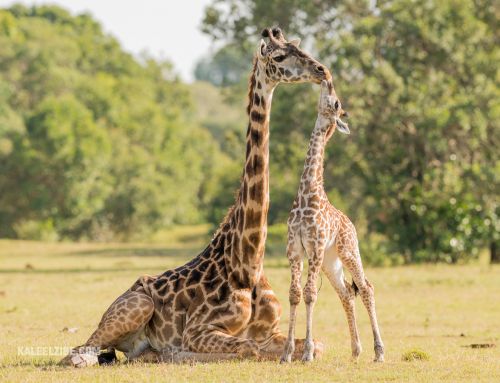
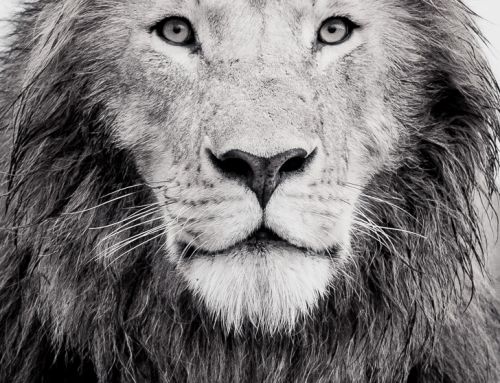
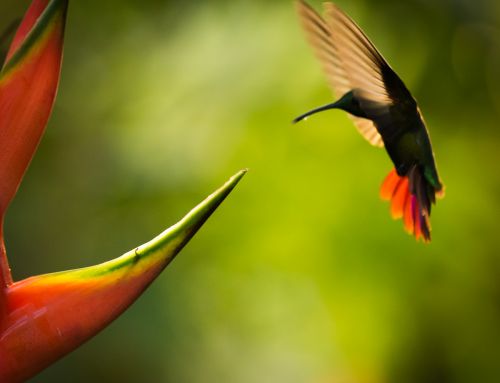
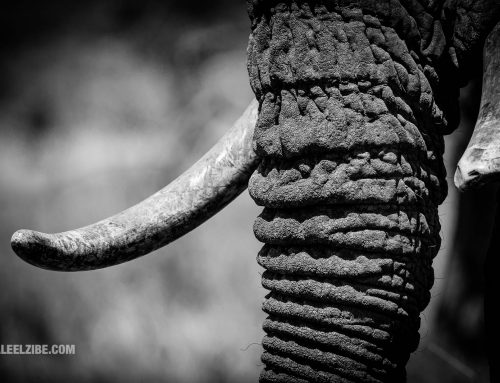
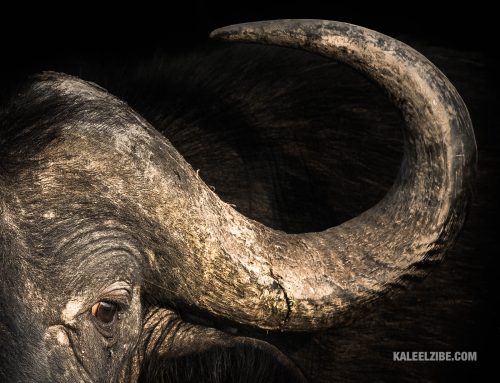
Leave A Comment